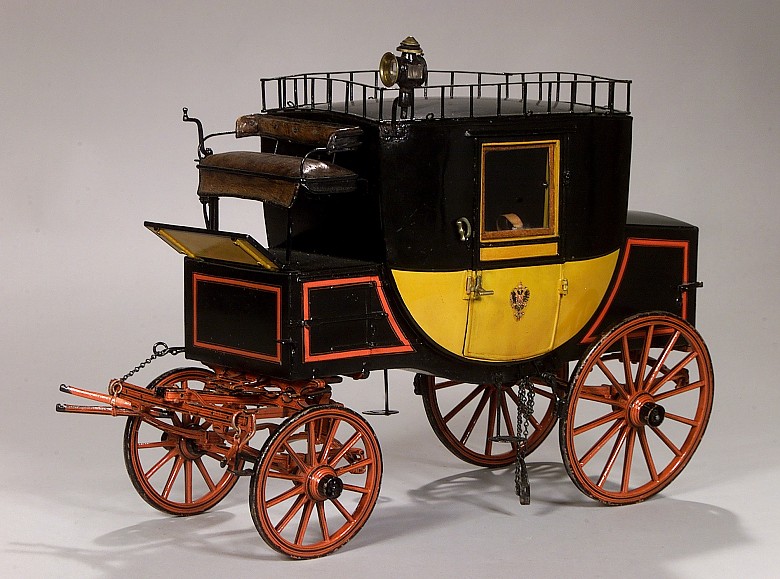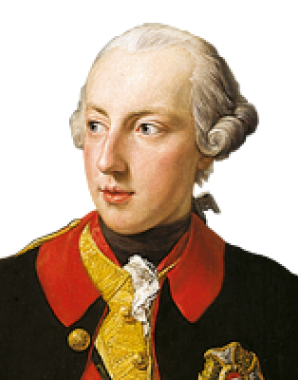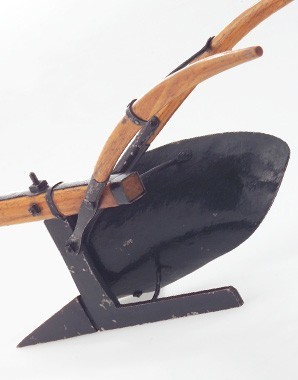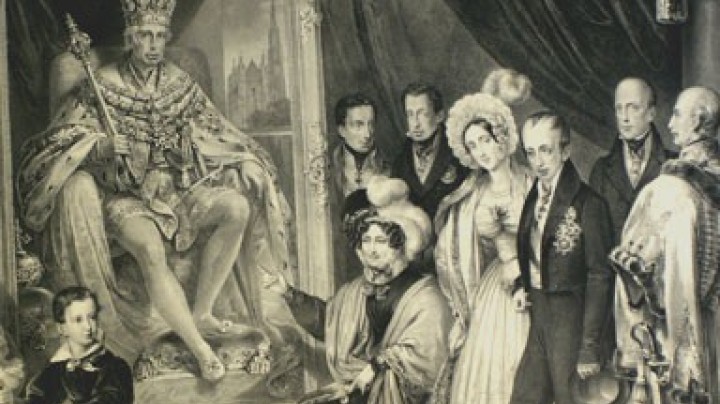Joseph II’s ‘sacred’ plough – The Emperor as farmer
If a Habsburg emperor picked up a plough, that was in itself something out of the ordinary; so out of the ordinary that the plough in question was accorded the highest honours.
Friedrich Schiller, ‘Turandot’s Riddle’, 1801What is its name? – this thing, whose worth so few perceive,
Yet which the greatest Emperor’s hand is pleased to hold,
It has been made to cut, to slice, to cleave,
Its next of kin’s a sword of steel so cold.
A thousand wounds it makes, and yet no blood will flow,
No-one is robbed, yet greater grows the common weal,
The whole world of its victory does know,
It keeps life smooth and on an even keel.
It has the oldest cities founded,
The mightiest empires raised out of the dust,
And yet it brings no war, no guns have sounded,
And happy are the folk who in it trust!
This thing of iron, and valued by so few,
That China’s emperor takes in his own hand
To honour thus the first day of the year,
This tool more innocent than the sword,
That yokes the world to pious work –
O, who would leave the wild and barren steppes
Of Tartary, where only hunters roam
And shepherds graze their flocks,
To travel to THIS land, where fields are green with crops,
And see rise up a hundred cities full of human life,
Where peaceful laws do gently happiness create,
And not revere the priceless tool
That brought these blessings one and all: the PLOUGH?
Joseph II once tried his hand at ploughing a field in Slavikovice, a village near the city of Brno in Moravia (now in the Czech Republic). When his carriage had to make a stop because of a faulty axle, he is reputed to have picked up the plough himself. Historians have localized the event with an obsessive love of detail: it took place between five and seven o’clock in the evening on 19 August 1769. They even report the name and the employer of the man whom Joseph II ‘made happy’ in this way: Jan Kartos, a farm labourer with Andreas Trnka, who resided at no. 44 Slavikovice – one of the rare instances of ‘ordinary people’ finding their way into the ‘grand’ history of rulers and the ruling classes. Be that as it may, the villagers venerated the plough which His Majesty had guided with his own hands. The ‘relic’ soon found its way into the ‘museum’, initially the House of the Moravian Estates; today it is kept in the Moravian Museum (Moravské Muzeum) in Brno. On the field itself no fewer than five monuments were put up as a memorial to the event. In addition numerous medals, paintings, a banknote and postcards were produced, all showing Joseph at the plough. Later generations had a less reverential attitude to the event: some one hundred years later the Moravian-Silesian Railway was built through the field.
The imperial plough even made it to the World Exhibition in Vienna in 1873: it was the attraction in the so-called Temple of the Plough, and was insured for the incredible sum of 50,000 gulden.
Ploughs, both of wood and of iron, were widely used agricultural implements in the Habsburg Monarchy. The iron plough was by far the more expensive – the ‘luxury version’ as it were. The Zugmayr plough, for the manufacture of which Severin Zugmayr was granted a privilege in the years before 1848, remained in use in Austria until the second half of the twentieth century, when it was gradually superseded by the tractor.















